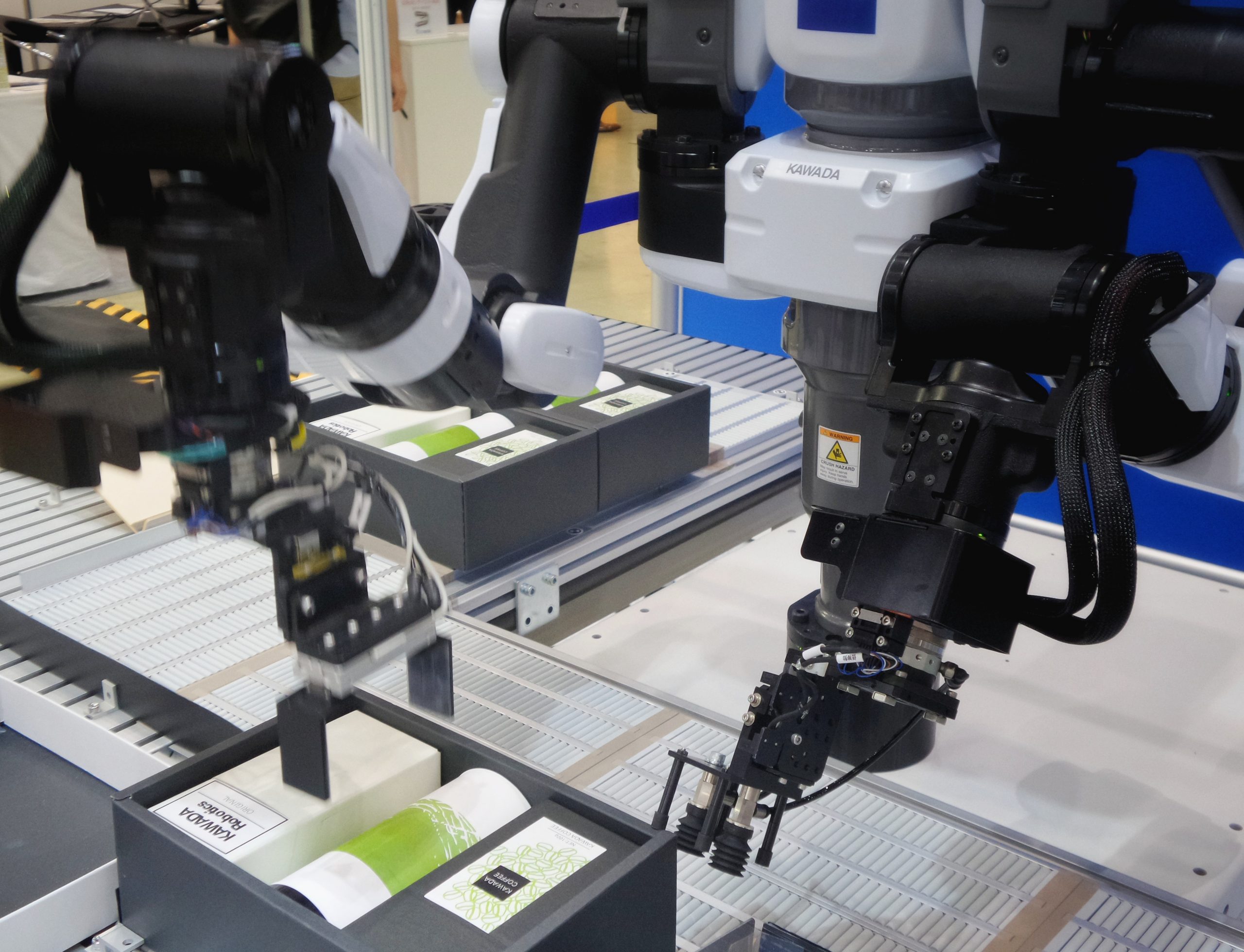In 2022 filling critical vacancies has become a major preoccupation for HR as the lingering pandemic continues to reshape the workplace and refocus people’s priorities. Whatever plays out with the ‘Great Resignation’ longer term, the case for recruiting AI bots to keep on top of workloads has never been stronger.
Right now, all kinds of employers are struggling to fill increasingly growing gaps in their workforces – the fallout of the pandemic and other external forces such as Brexit. The proportion of employers with hard-to-fill vacancies jumped to 47% from 39% by the end of 2021, while the median number of applicants for low-skilled vacancies dropped from 20 to 16, according to CIPD’s latest Labour Market Outlook Survey.
Even if organisations could find people qualified or willing to fill the vacant positions, many can ill afford to offer the salaries that would now be needed post pandemic and in the light of the so-called ‘Great Resignation’. Skilled employees have realised their worth and are standing their ground, demanding higher pay, reduced working hours and more flexible conditions. Many low-skilled workers have returned to their home countries, meanwhile.
AI’s time has come
It’s in this context that technology’s role is being elevated again – not merely in enabling more seamless homeworking or advanced digital process management, but in assuming more of a proactive and informed role in processing workloads. Where once HR directors and employees might have feared such developments, now they are proving a sought-after solution to a growing crisis.
The shift to smart automation can be seen in the switch to self-service portals, for everything from registering and managing insurance or warranty claims, to reviewing tax/pension details, viewing and updating HR records, tracking orders, settling bills and downloading invoices and receipts. We’re also seeing more business functions using intelligent ‘bots’ to extract, identify and process the contents of documents attached to emails. A trained AI bot can readily sort out contracts from invoices from letters of complaint, extract key information and decide and action next steps.
It’s very timely that AI technology has evolved (and is sufficiently accessible via the cloud) to be genuinely useful in the everyday. With the right training and oversight from an appropriate decision-maker, smart automation offers a way forward when ‘paperwork’ or the digital equivalent is mounting and there just aren’t enough people available to process it all. As knowledge workers and information processors become harder to recruit, AI bots will fill in – providing greater levels of support to fewer people.
As companies struggle to replace sales team members, for example, engaging AI bots in their place – to mine existing intelligence from across the business, to generate a pipeline with an equivalent sales value – is becoming an increasingly viable and attractive option. Similarly, if the legal or risk department lacks the capacity to monitor contracts or other obligations for upcoming review, to maintain compliance or minimise financial exposure, why wouldn’t AI be considered to fill that gap?
In time, we can expect to see multiple AI bots working together, drawing on the same knowledge resources across an organisation to fulfil different workloads in different contexts.
AI is transforming the HR function too
HR departments themselves are already experiencing the benefits of smarter tools. Familiar with the benefits of self-service portals in allowing staff to check their own records, request time off and so on, HR leaders have also begun to recognise the value in smarter content services which can capture, combine and draw conclusions from data captured in diverse systems – from payroll to performance management. This could offer them new insight into what triggers people to leave, and when and how best to intervene, for instance.
Although HR is by its very nature one of the last bastions of in-person connection, the discipline does need to become more data driven – to ensure nothing critical is missed, and that there is not an over-reliance on assumptions about people’s satisfaction and expectations at work.
Taking advantage of AI’s growing scope involves first being open to what’s possible – which starts with having an understanding of where the current business pain points are concentrated, and the impact intelligent automation could have on plugging gaps in human capacity.









